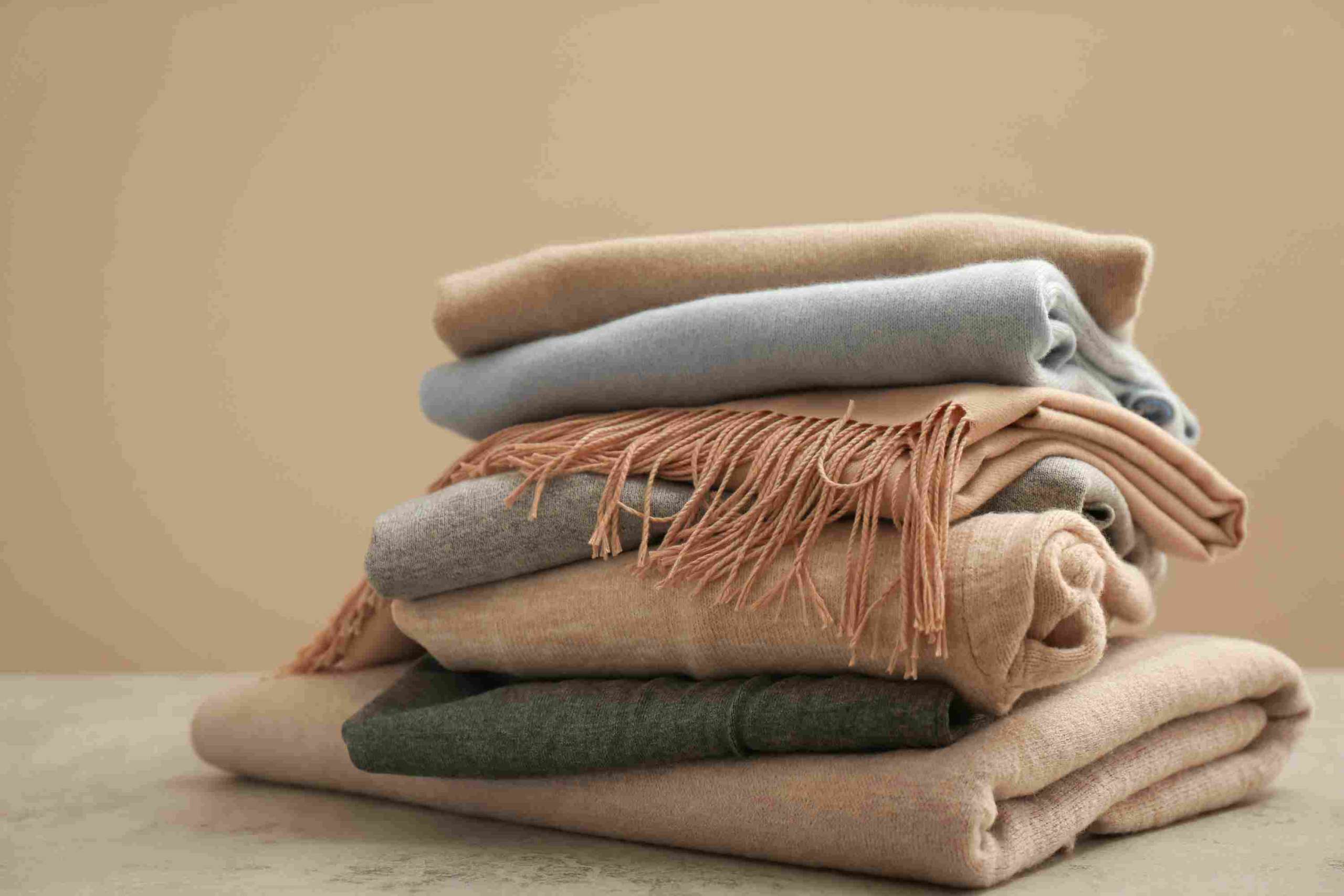5 Things you need to know about Spandex



| Fabric name | Spandex |
| Fabric also known as | Lycra, Elastane |
| Stretchability | Very high |
| Major producers | China, India, USA |
| Used for | Athletic wear, underwear, socks, bras, bike shorts, yoga pants, hiking apparel, motion capture suits |
1. History of spandex
Spandex, also called Lycra, was first produced in a laboratory by Joseph Shivers in 1958. Unlike other traditional fibers, spandex has been around for less than seven decades but it's popularity hasn't waned since it's introduction.
It's first use is associated with the post world war-II era when the Western society started to move towards more liberal values. The company that first produced Spandex was named 'DuPont' and it imagined lycra as a body fitting fabric perfect for outdoor use. Spandex apparels became highly popular with athletes, gymnasts, and cyclists, consequently being used to make activewear at large.
2. Types of spandex

There are quite a few processes that are used to manufacture spandex but all of them yield the same result. Although there are a few names associated with it, 'lycra' is the original name that was kept by the DuPont company and it is registered with the same. In Europe, spandex is famous as 'elastane'. In India, both the words 'spandex' and 'lycra' are used in the apparel industry.
3. Major producers and importers
China is the leading producer of spandex and the largest exporter as well. India, USA, and Brazil are other major producers. The production of the lycra fabric takes place fully in the laboratory and none of the raw materials are organic. The steps include forming a prepolymer which then is made to undergo chain extension reaction where a dry spinner is used. Diluting follows in which the fabric is made thinner.
After that it's put in a cell where small fibers of spandex are produced. This process is called extrusion. Then the fibers are heated and twisted and finally the process ends when the fibers are treated with magnesium stearate or any other polymer. The whole process takes place in laboratories and unfortunately does lead to a lot of pollution. The major importers of the fabric are the United States of America and Europe.
4. Uses of Spandex: Spandex Clothes

Spandex is the gold standard fabric for any application in which elasticity is the main criteria. It has become extremely popular over the years and is the fabric of choice for form fitting garments. It is light and has high moisture wicking ability. It is also extremely stretchable and doesn't lose its elasticity with frequent use. What makes it the fabric of choice for athletes and gymnasts is it's low heat retention property and perfect body fitting ability without creating any pressure or tightness.
Lycra material is commonly used to make activewear/ athleisurewear such as athletic pants, stretch pants, yoga pants, skinny jeans, underwear, bras, socks, etc. Nowadays spandex is often combined with other fabrics to increase their stretchability. It's not uncommon to find spandex in cotton to make it more fit to wear or spandex blended with wool to make it easily wearable. As a common fabric for activewear, it's most popular with swimmers, cyclists and athletes as mentioned earlier.
5. Spandex’s environmental impact
Unfortunately, production of spandex takes a huge toll on the environment and it is not exactly an eco-friendly option. The process is highly energy intensive and the fabric in itself is non biodegradable and non recyclable. It often ends up in the rivers and the seas harming the aquatic flora and fauna. Also, sometimes its micro-particles can end up in our food chain.
However, the future of spandex isn't bleak. Rather the need is to invest in research about the fabric, on ways to successfully recycle it and make its production less energy consuming, and decrease the carbon footprint this industry causes. It's popularity isn't going to wane away neither will the production stop but to make this industry both sustainable and profitable, there's an immediate need to invest in technologies that can deliver a clean process for its production and recycling.



















